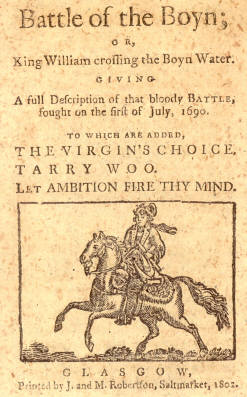When I first heard about Jenna’s project idea I thought it was such an awesome concept. Battle Bites! a convenient and interesting way to present historical information to the public. She made two videos surrounding the Battle of Hastings, 1066.
I’m very impressed with the way to videos turned out. From the in-class presentation she was having a hard time with the production end of things, along with some decisions on how she wanted the video to look. I think the video works for the her younger target audience to present the information in a fun and interactive way. It even works for an older audience because it gets the most important information across without it being wordy.
Without further ado, I present Jenna’s Battle Bites:
part 1 – http://www.youtube.com/watch?v=EcZYdl6HPe4
part 2 – http://www.youtube.com/watch?v=8tJ6WwasR10
Also, if you like her videos, follow her twitter account @BattleBites to get notifications about upcoming videos!

